Welcome to Facts & Figures, your go-to destination for insightful snapshots of the Pakistani and international media landscapes. Here, we present visually engaging images paired with concise facts and figures highlighting key developments, trends, and statistics shaping the media industry.
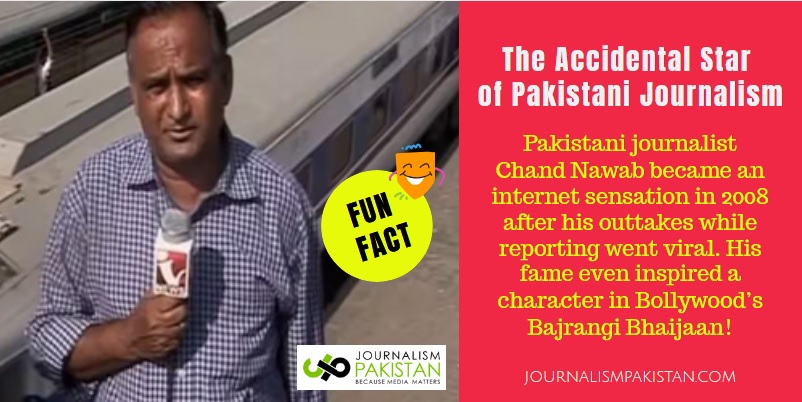
Lights, Camera, Outtake! Remember when a Pakistani reporter's bloopers took the internet by storm? Chand Nawab's 2008 viral video didn't just make us laugh - it inspired Bollywood too! Talk about an unexpected plot twist in journalism!
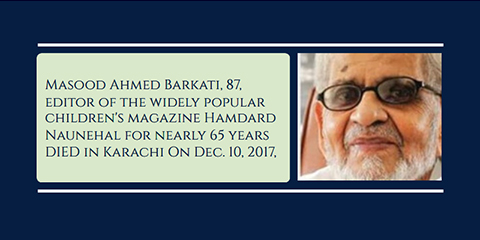
Hamdard Naunehal, a beloved bilingual (Urdu and English) monthly magazine for children, was first published in 1953 by Hakim Said of Hamdard Laboratories under the editorship of Masood Ahmed Barkati. The magazine continues to honor the legacy of the late Masood Ahmed Barkati by publishing articles from his era.
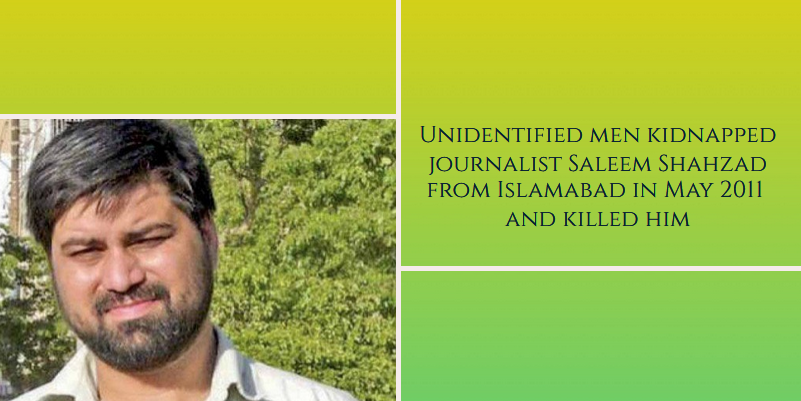
Pakistani journalist Syed Saleem Shahzad, known for his writings on terrorism and security, was kidnapped in Islamabad in May 2011 and later killed. His tortured body was found in a canal in Mandi Bahauddin, Punjab, two days after his disappearance.
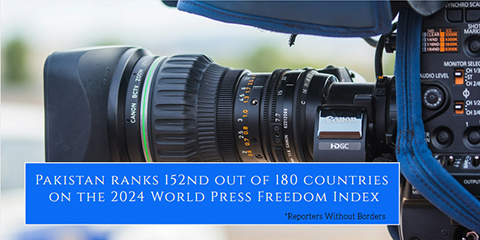
Pakistan dropped to 152nd place in the 2024 World Press Freedom Index by Reporters Without Borders (RSF), highlighting ongoing struggles for media freedom amid political and military control. Since 1947, Pakistan has faced a fluctuating media landscape, becoming more diversified post-2002.
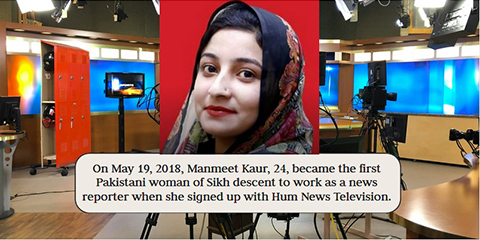
Manmeet Kaur, a trailblazing Pakistani journalist, made history as the first Sikh woman news reporter in the country in 2018. In 2020, she was recognized among the 100 influential Sikh personalities under 30 by a UK-based global Sikh organization. Known for her advocacy on minority and women's issues, Kaur has been honored with multiple awards in Pakistan.
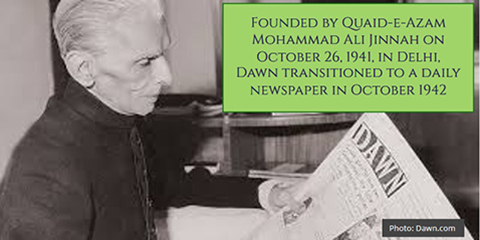
Dawn is Pakistan's leading English-language newspaper, established in British India in 1941 by Quaid-i-Azam Muhammad Ali Jinnah. Known for its authoritative news coverage, it serves as the country's newspaper of record. It is the flagship publication of the Dawn Media Group.

Gunmen shot and wounded Hamid Mir, Pakistan's renowned television presenter, in Karachi on April 19, 2014. The attack occurred near the airport, but Mir miraculously survived. He has hosted Geo News' political talk show Capital Talk since 2002 and writes columns.

Kanwal Naseer, Pakistan’s first female news anchor, made history in 1964 by appearing on PTV. Her pioneering role in breaking barriers in the male-dominated media industry continues to inspire generations of women in journalism.
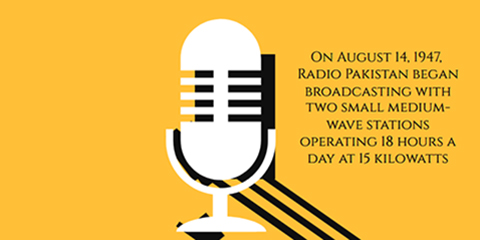
The Pakistan Broadcasting Corporation (PBC), formerly Radio Pakistan, is the oldest national public radio broadcaster in Pakistan. Established on August 14, 1947, it became a statutory body on December 20, 1972. PBC broadcasts in Urdu and English nationwide and in 23 regional languages.
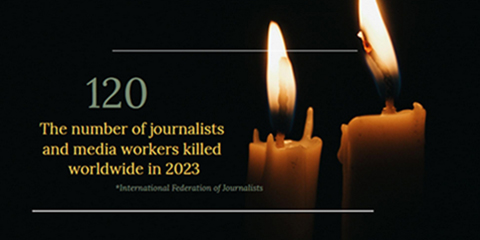
The International Federation of Journalists reported that 120 journalists and media workers, including 11 women, were killed in 2023. IFJ, which published an initial list of journalists killed ahead of UN Human Rights Day on 8 December documenting 94 killings, said the increase was the result of additional deaths in the Gaza war and other killings being made known to the federation.
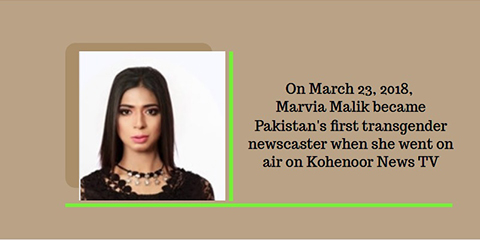
Kohenoor News Television made a groundbreaking move by hiring Marvia Malik as a news presenter, marking the first time a transgender individual assumed such a role in Pakistan's vibrant media landscape. Malik, who debuted on air on Pakistan Day, was celebrated for breaking barriers and promoting inclusivity.
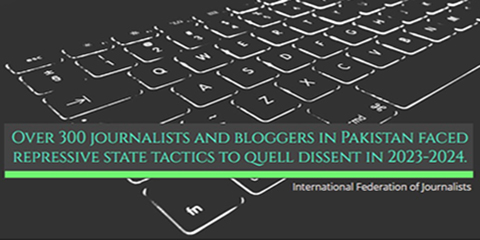
The International Federation of Journalists (IFJ) country report on Pakistan, reveals that over 300 media personnel faced state repression aimed at quelling dissent in the past year with at least eight charged for alleged sedition, terrorism, and incitement to violence. The report was published on World Press Freedom Day, May 3.

Faiz Ahmad Faiz (1911-1984) was a renowned Pakistani poet and author, celebrated for his influential works in Punjabi and Urdu literature. Beyond literature, he was a teacher, military officer, journalist, trade unionist, and broadcaster. Born in Sialkot, Faiz's illustrious career included serving as editor-in-chief of the English language newspaper Pakistan Times and Urdu Daily Imroze.
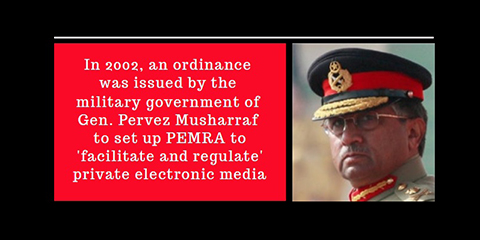
The PEMRA Ordinance 2002 outlines a comprehensive framework to enhance information, education, and entertainment standards within Pakistan's media landscape. It emphasizes providing diverse news and current affairs options to the public, facilitating broader access to mass media across rural and urban areas, and promoting good governance through accountability and transparency.
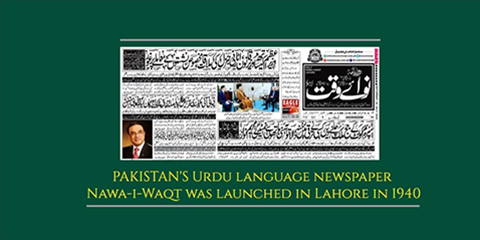
Nawa-i-Waqt is a prominent Urdu daily newspaper in Pakistan, launched on March 23, 1940, by Hameed Nizami. He led the publication until he died in 1962. His younger brother, Majid Nizami, subsequently took over, guiding the Nawa-i-Waqt Group of Publications until his passing in 2014. The paper is now the property of Majid Nizami Trust.
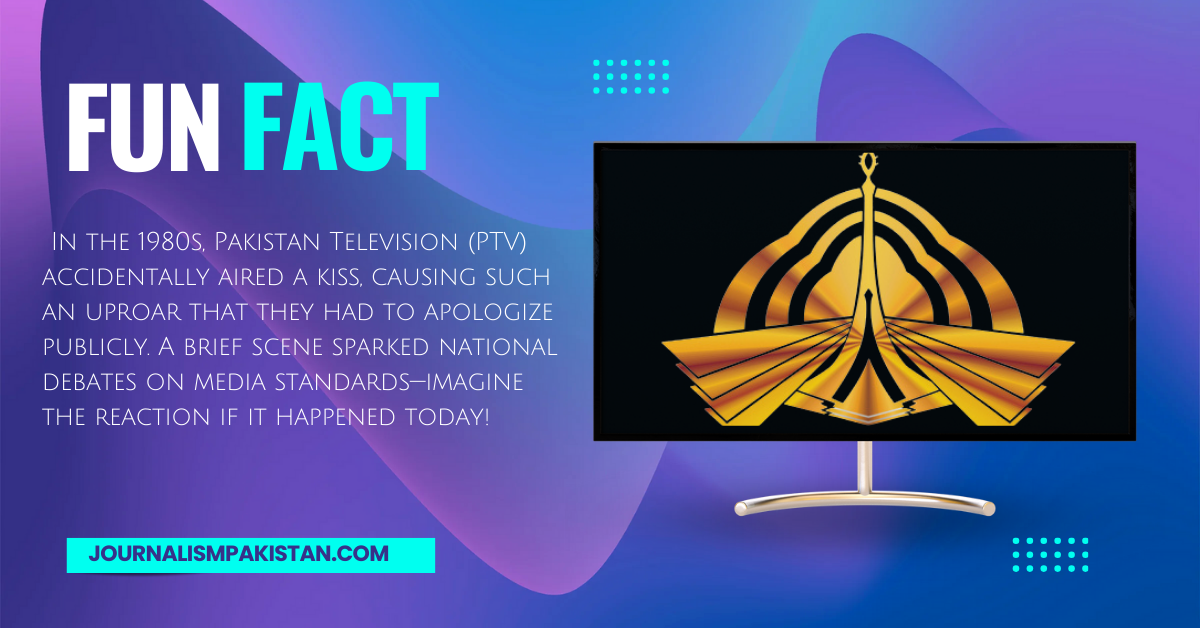
In the 1980s, a brief kiss scene on Pakistan Television (PTV) sparked such an uproar that the channel had to issue a public apology! This unexpected moment stirred a nationwide debate on media standards—imagine the reaction if it aired today!
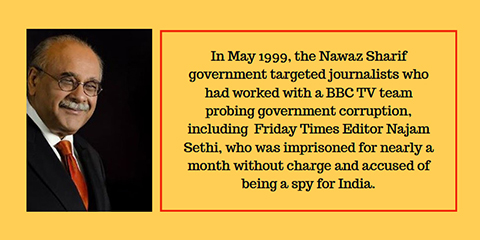
In May 1999, the Nawaz Sharif government targeted journalists, including Friday Times editor Najam Sethi, for collaborating with a BBC TV team investigating government corruption. Sethi was imprisoned without charge for nearly a month and falsely accused of being an Indian spy. After his release, he faced continued harassment.

Pakistan Television, which started broadcasting in 1964, transitioned from black-and-white to color in 1976. By the late 1980s, PTV launched its morning transmission, which quickly expanded to a 24-hour schedule. Known for its excellence in programming, PTV has been a pioneer in the country's media landscape.
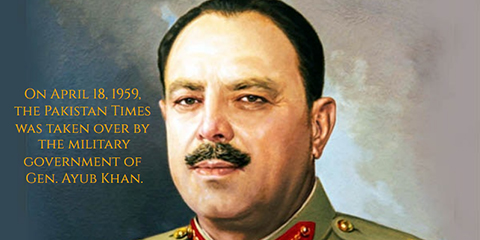
On April 19, 1959, Pakistan's first military ruler, Ayub Khan, seized control of the Pakistan Times and its sister publications, Imroze and Lail-o-Nahar, under the Pakistan Security Act. At the time, Mazhar Ali Khan was the paper's editor. The Pakistan Times first rolled off the press on February 4, 1947, with Faiz Ahmed Faiz as its founding editor.
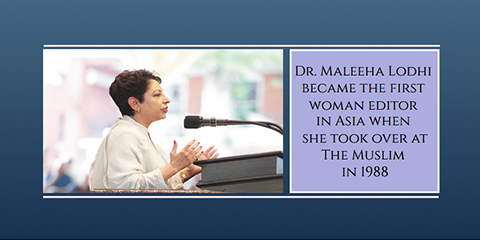
Dr. Maleeha Lodhi studied political science at the London School of Economics and returned to Pakistan in 1986 to become the first woman to edit a national newspaper in Asia as editor of The Muslim. In 1990, she became the founding editor of The News International before starting her diplomatic career in 1994.
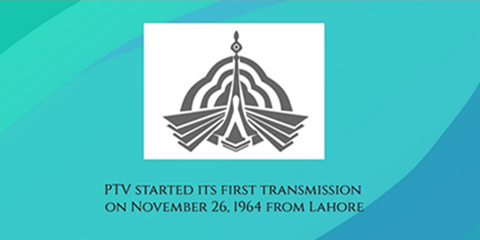
Pakistan Television Corporation (PTV) is a state-owned broadcaster of Pakistan, founded by the Government of Pakistan and operating under the Ministry of Information and Broadcasting. Established on November 26, 1964, PTV began with a pilot television station in Lahore.

Razia Bhatti, a pioneering Pakistani journalist, edited the Herald for 12 years before founding Newsline magazine. Known for her courage and dedication, Bhatti was honored with the 'Courage in Journalism' award in 1994. Her untimely death at 52 marked the end of a golden chapter in Pakistani journalism.
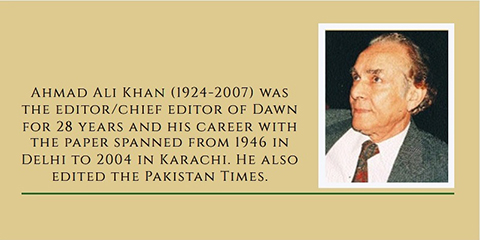
Ahmad Ali Khan had a transformative career with Dawn, spanning from 1946 in Delhi to 2004 in Karachi. Serving 28 years as editor/chief editor, he significantly shaped the newspaper's legacy and also served as the editor of the Pakistan Times in Lahore. Khan's dedication to journalism set a high standard for future editors.
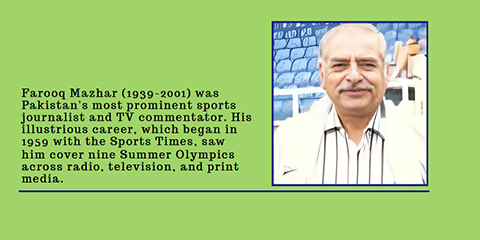
Farooq Mazhar was a distinguished Pakistani sports journalist and commentator whose career spanned over four decades. His unyielding passion for sports journalism, particularly field hockey, made him a prominent figure. He began his career in 1959 with the Sports Times magazine and covered nine Summer Olympics. Mazhar also served as the editor of The News. He died of a heart attack in 2001.